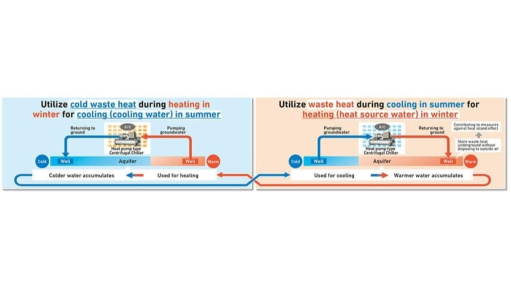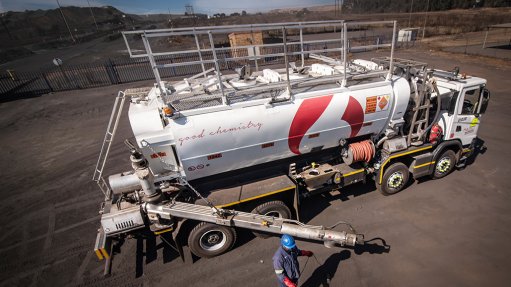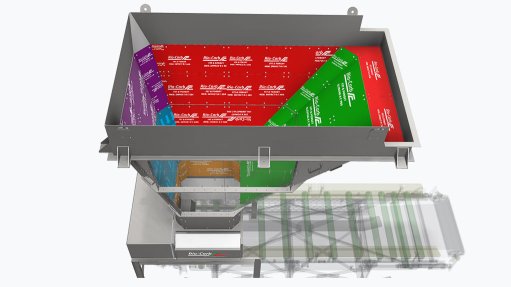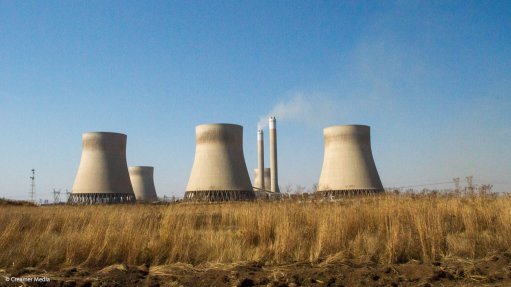Business insolvencies to increase by 11% this year – Allianz
Trade credit insurance company Allianz Trade's latest 'Global Insolvency Report' points to a more severe outlook for the global business landscape, with insolvencies projected to increase by 11% this year – a steeper rise than previously anticipated – as the global economy grapples with sluggish demand, ongoing geopolitical tensions and uneven financing conditions.
In its global insolvency forecasts in February, the company had been expecting a 9% increase in insolvencies this year, followed by a stabilisation in 2025.
Recent developments have led to a forecast of an 11% increase in insolvencies for this year, followed by a 2% increase in insolvencies in 2025.
“Business insolvencies will, therefore, not stabilise until 2026 and, even then, will remain at high levels,” Allianz says.
Notably, major insolvencies have also reached a new record-high level, with Western Europe leading the trend. This also poses a major threat to employment, particularly in Europe and North America.
“By 2025, more than 1.6-million jobs could be on the line in these regions, which is 8% of the total number of people unemployed, marking the highest level in a decade. The main sectors at risk are construction, retail and services.”
In the US, Allianz expects insolvencies to rise by 12% in 2025 before decreasing by 4% in 2026. In Germany, insolvencies will increase by 4% this year before falling by 4% in 2026.
In France and the UK, insolvencies will moderate slightly from very high levels, with an expected 6% decrease in 2025 for both countries, with a 3% decrease for France and a 4% decline in insolvencies for the UK in 2026.
In Italy, insolvencies will continue to rise by a forecast 4% in 2025 and 3% in 2026.
Similarly, in China, business insolvencies will start to increase from low levels, with a forecast 5% increase in 2025 and a 6% increase in insolvencies in 2026.
In South Africa, the company forecasts a 5% decrease in insolvencies with more than 1 500 cases, and the prolonged low level of insolvencies will continue, with an expected 3% decline in insolvencies in 2025 and 2026.
South Africa's decline in expected insolvencies is owing to the substantial progress it has made in strengthening its economic environment, driven by improvements in electricity supply, business-friendly reforms and rising investor confidence.
“Year-to-date global business insolvencies have already increased by 9% and the rise has been broad-based across geographies and sectors,” the company says.
Globally, Allianz’s 2024 Insolvency Index is likely to remain 13% higher than the 2016 to 2019 average.
“The global rollercoaster ride in business insolvencies is partly owing to still-subdued global demand, persistent geopolitical uncertainty and uneven financing conditions. It can also be explained by the ‘backlog’ of insolvencies, as companies are no longer shielded by the support measures put in place during the pandemic and the energy crisis,” says Allianz CEO Aylin Somersan Coqui.
“This is why countries accounting for more than half of global GDP will be hit by double-digit insolvencies increases in 2024, and two-thirds may surpass their pre-pandemic numbers this year. Construction, retail, and services have been hit the hardest, both in terms of frequency and severity,” she adds.
While a gradual easing of monetary policies could offer some relief, it will not be a silver bullet for struggling businesses.
Lower interest rates reduce borrowing costs, improve cash flow and boost profitability, but they cannot fully address the financial challenges looming over companies.
“Corporates have already been deleveraging and adjusting to high interest rates. Our analysis suggests the current easing cycle, down two percentage points by September 2025, would lead to a four percentage point reduction in the insolvency trend, owing to higher margins, with an expected two percentage point increase in Germany, a four percentage point increase in France, a three percentage point increase in the UK and a 2.8 percentage point increase in the US,” says Allianz insolvency research lead analyst Maxime Lemerle.
“However, this would only slightly offset the overall increase in the US, for example, and reinforce the decrease in France,” he illustrates.
Comments
Press Office
Announcements
What's On
Subscribe to improve your user experience...
Option 1 (equivalent of R125 a month):
Receive a weekly copy of Creamer Media's Engineering News & Mining Weekly magazine
(print copy for those in South Africa and e-magazine for those outside of South Africa)
Receive daily email newsletters
Access to full search results
Access archive of magazine back copies
Access to Projects in Progress
Access to ONE Research Report of your choice in PDF format
Option 2 (equivalent of R375 a month):
All benefits from Option 1
PLUS
Access to Creamer Media's Research Channel Africa for ALL Research Reports, in PDF format, on various industrial and mining sectors
including Electricity; Water; Energy Transition; Hydrogen; Roads, Rail and Ports; Coal; Gold; Platinum; Battery Metals; etc.
Already a subscriber?
Forgotten your password?
Receive weekly copy of Creamer Media's Engineering News & Mining Weekly magazine (print copy for those in South Africa and e-magazine for those outside of South Africa)
➕
Recieve daily email newsletters
➕
Access to full search results
➕
Access archive of magazine back copies
➕
Access to Projects in Progress
➕
Access to ONE Research Report of your choice in PDF format
RESEARCH CHANNEL AFRICA
R4500 (equivalent of R375 a month)
SUBSCRIBEAll benefits from Option 1
➕
Access to Creamer Media's Research Channel Africa for ALL Research Reports on various industrial and mining sectors, in PDF format, including on:
Electricity
➕
Water
➕
Energy Transition
➕
Hydrogen
➕
Roads, Rail and Ports
➕
Coal
➕
Gold
➕
Platinum
➕
Battery Metals
➕
etc.
Receive all benefits from Option 1 or Option 2 delivered to numerous people at your company
➕
Multiple User names and Passwords for simultaneous log-ins
➕
Intranet integration access to all in your organisation

















